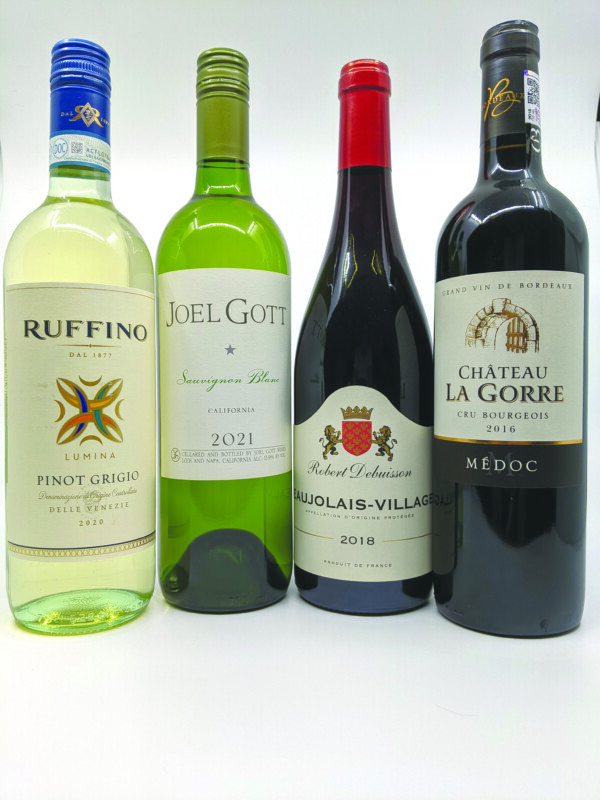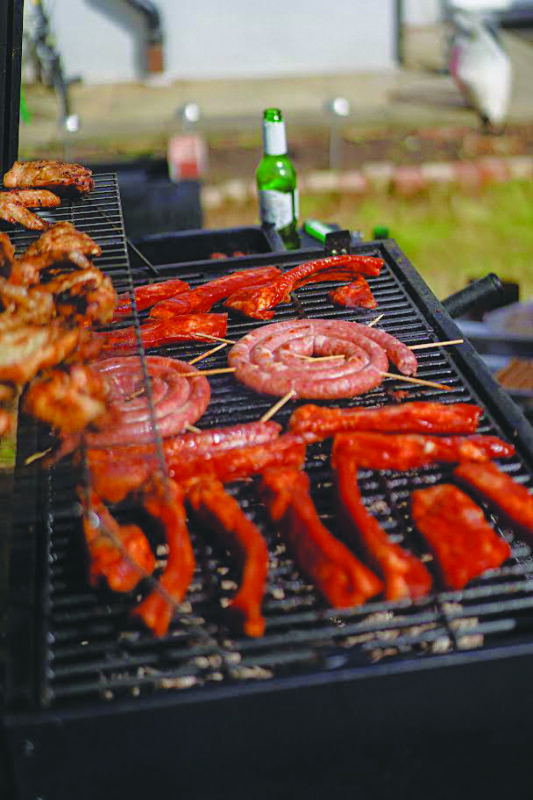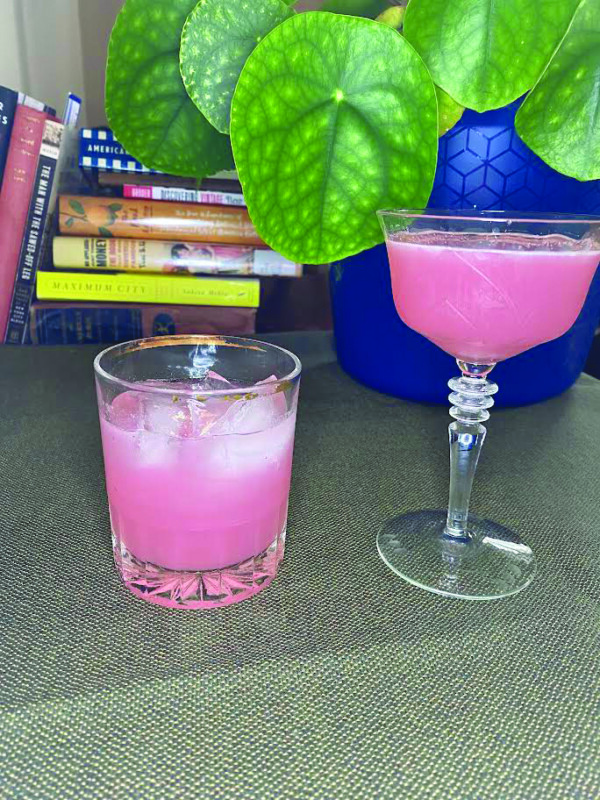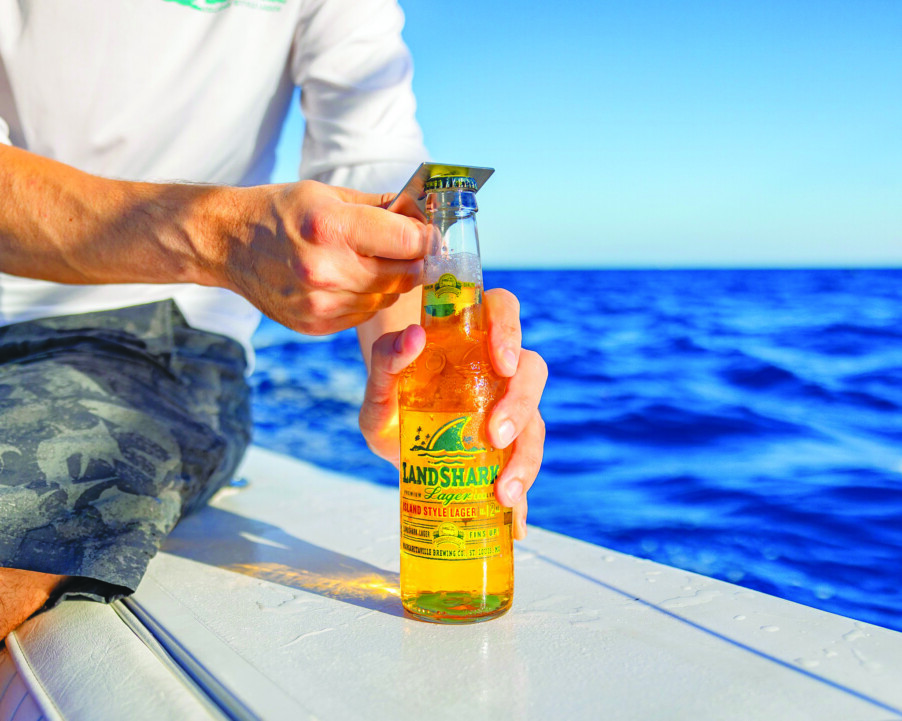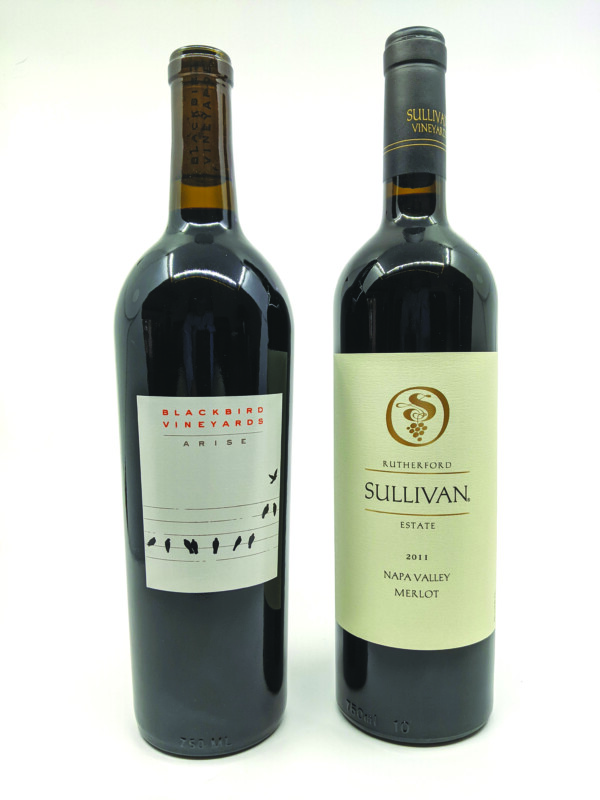What to pair with cooking and eating outdoors
Memorial Day weekend! Seems like just yesterday we were still blowing snow, but now the heat is upon us. Temperatures and the pollen count are rising, but after our long, cold winters it is time to get out and enjoy the great outdoors. What better way to do that than to barbeque our favorites: beef, pork, chicken, fish, vegetables and, yes, fruit! Everything tastes better when cooked and eaten outdoors! And we welcome the opportunity to try out new marinades, toppings, recipes.
While your food is on the grill, you need something to “wet your whistle.” I suggest something light and summery. Our first wine fits that description perfectly. The 2020 Ruffino Lumina Pinot Grigio Delle Venezie,available at the New Hampshire Liquor & Wine Outlets, originally priced at $11.99 and reduced to $8.99, is a medium-bodied, lively and elegant Italian white wine. Made from grapes harvested in the vineyards of Delle Venezie, northeastern Italy, this wine offers delicious flavors of crisp golden apple, citrus and pear. Ruffino’s status was well-established when its Chianti won awards in the fourth quarter of the 19th century. This wine carries on that reputation by Ruffino’s sourcing premium grapes, combined with traditional wine-making processes of fermentation in temperature-controlled stainless steel tanks. Chilled, this wine can be sipped alone or paired with light fare such as prosciutto, cheese, a bruschetta or a light salad.
Our next wine, the 2021 Joel Gott California Sauvignon Blanc, available at the New Hampshire Liquor & Wine Outlets, originally $13.99 and reduced to $10.99, is the perfect complement to grilled shrimp, scallops, swordfish, or marinated and grilled chicken and vegetables. The wine has a bright straw color. Citric notes greet the nose, along with other fruit — melons and peaches. On the palate, bright tropical notes appear with strong acidity, followed by a crisp finish of sweet red grapefruit. The 100 percent sauvignon blanc grapes come from Sonoma and Lake counties to Monterey and Santa Barbara. Why the diverse vineyard locations? According to the Joel Gott website, Sonoma vineyards offer flavor and complexity, Lake vineyard offer citric notes, and Monterey tropical notes. Santa Barbara grapes offer minerality, and this blending of grapes across hundreds of miles produces a balanced, food-friendly wine.
For those who are drawn to red wines rather than white, a bottle of Beaujolais, made from the gamay grape, is the wine to pair with grilled chicken, hamburgers, grilled pork, sausage, salmon or tuna.The 2018 Robert Debuissson Beaujolais-Villages, available at the New Hampshire Liquor & Wine Outlets, originally $16.99 and reduced to $8.99, is a wine that can work with a wide variety of entrees. In the glass the color is a deep cherry red with slight purple tints. To the nose the wine is fresh with strawberries and cherries. The fruit persists on the tongue with a lightness that allows it to pair well with rich, oily fish such as salmon and tuna or grilled chicken and still be bold enough to be paired to hamburgers. This is a fruity wine with light tannins and a soft texture that is somewhat lower in alcoholic content than more robust reds.
For steak-lovers there is no better match than a wine from Bordeaux. The 2016 Château La Gorre Cru Bourgeois from Medoc, originally priced at $49.99 and reduced to $23.99, is a superb blend of 60 percent merlot, 35 percent cabernet sauvignon and 5 percent petit verdot. The color is ruby red; there is rich, deep blackberry, plum and cherries on the nose with more fruit, leather, and spice on the tongue. The right amount of tannins from aging on oak makes this a balanced bottle of wine, but these tannins dictate the bottle should be decanted a couple of hours in advance to allow it to open. This is a great wine to be drunk now or cellared to be enjoyed with that steak in a couple of years.
Warming weather begs us to get out and barbecue. Plan your meal, pick your entrée, and pair some great wine to be quaffed while cooking, along with more wine to pair with what is being served. Enjoy
Featured photo. Courtesy photo.

